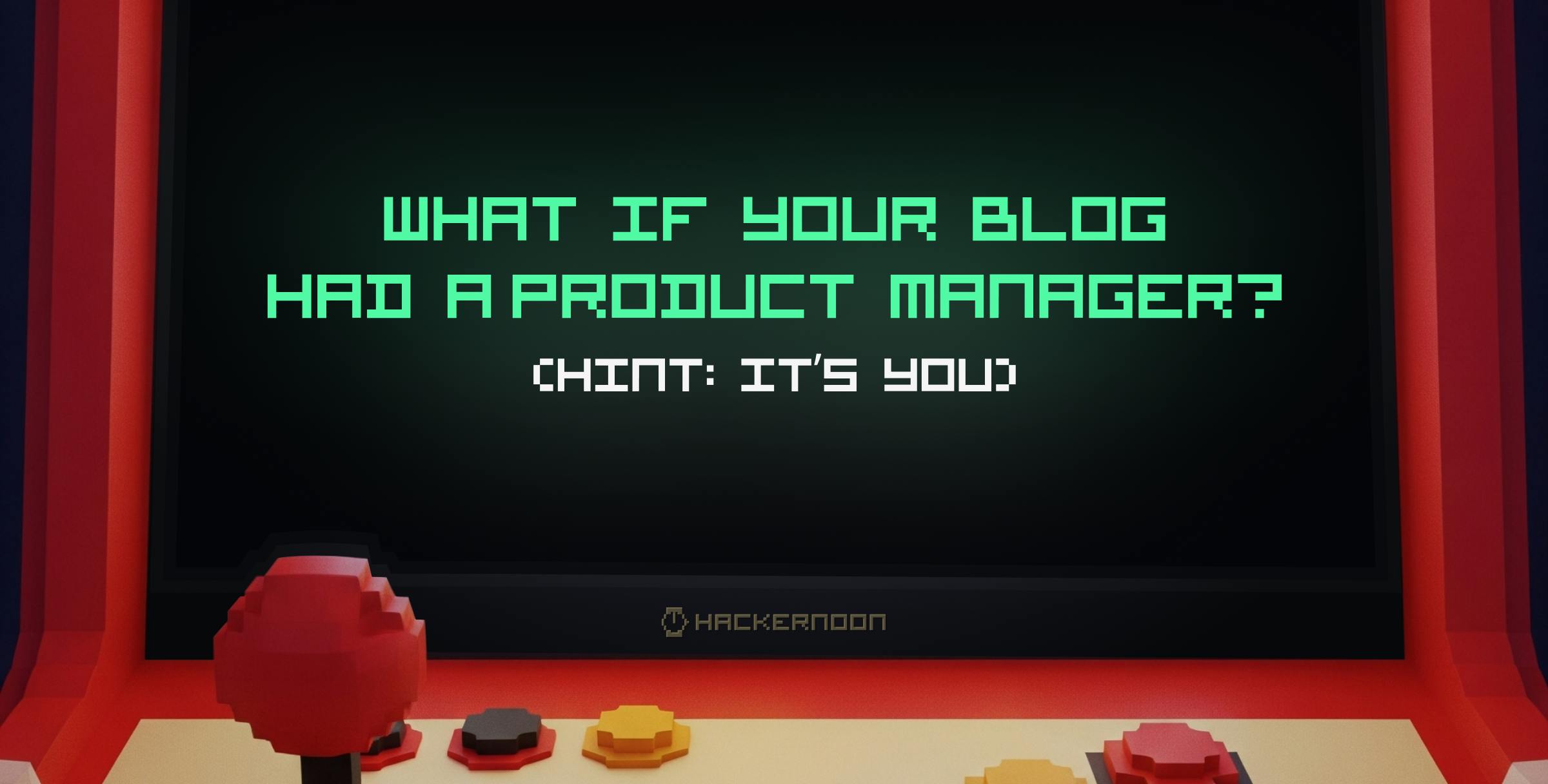Most bloggers focus on publishing content—but the best ones treat their blog like a product. That means thinking strategically: defining your audience, setting goals, building systems, and iterating based on feedback.
Whether you’re writing to grow a personal brand, build a business, or simply share ideas, applying product management principles to your blog can help you stay focused, intentional, and impactful.
Here’s how to step into the role of Product Manager of your blog—and start running your content like a pro.
Already an expert? Share your learnings using this template!
Step 1: Formulate a VISION for your career in content
How do you want to see yourself growing and operating as a writer and blogger?
Outline the specific challenges your writing is intended to solve—who it’s for, why it matters, and when they’ll need it. Go with the first thoughts that come to mind, and don’t be afraid to get really specific.
Remember: when you try to speak to everyone, you end up speaking to no one.
Here’s a content strategy vision template to help guide your thinking:
Step 2: Document Your Ideal Reader PERSONAS
This is a crucial exercise in empathizing with your readers—understanding their pain points and knowing what they need so your content can directly address those needs.
Creating at least 3–5 ideal reader personas helps you refine not only the tone, branding, and design of your content, but also your overall content strategy, calendar, and monetization opportunities.
If you don’t yet have access to analytics about your readers, that’s okay—start with educated guesses. Try quick long-tail keyword research by typing potential questions into Google and reviewing the suggested queries and related searches. Tools like Ahrefs, Answer the Public, or even your own search history can help. Ideally, you’ll use Google Analytics to uncover a wealth of information about the audience already engaging with your work.
Step 3: Pick Your PROTO-PERSONA and Start Detailing
From your 3–5 ideal reader personas, choose one to represent the majority of your target audience. Then use your imagination (and research) to flesh out the following details:
- Demographics: What do you know about this person? (Age, education, location, job, background)
- Pain Points: Do they need to earn more money? Change careers? Master a skill? Be the first to know something? Build a side hustle?
- Behaviors & Traits: Are they introverted or extroverted? Where do they hang out online and offline? What are their routines? How do they learn—visually, audibly, by reading?
- Practical Needs: Do they want to start a business? Learn a tool or software? Grow an audience? Improve time management?
By putting all this together, you’ll have a clear map of who you’re creating content for—a smart foundation for planning and writing.
Step 4: Sketch Out Your Reader Journey Map
This step helps define your content distribution strategy by putting yourself in your reader’s shoes and mapping out the path they take toward having their needs met through your content.
Start with your vision statement and your readers’ goals. What might they be typing into Google right now? Make a list of relevant search terms or questions your content could answer.
Then ask:
- How will my ideal audience discover my content? At HackerNoon, for example, we get a lot of direct traffic (people typing the URL directly or bookmarking us) and organic traffic (people searching and finding our stories). That tells us our brand is strong and our content answers real questions.
- How would they most enjoy engaging with my content? Does your post need a YouTube embed? Could you repurpose it for social media? Should it become a newsletter, podcast, or ebook?
Step 5: Define Your Content Strategy, Goals, and Focus
This final step is about clarity. Define your long-term strategy, your unique value as a creator, and potential blockers to success. It’s where you turn your content creation into a career plan.
Start with this question:
What would wild success look like?
Write down outcomes for the following time frames:
- In one month
- In three months
- In six months
Next, write your six-month goal as a statement, as though it’s already happened:
“In the last six months, I published 100,000 words and created 3 months’ worth of reading time. I also launched a podcast / niche TikTok / LinkedIn community, built my personal site, and got my first 100 newsletter signups.”
Then, play the pessimist for a second and ask the hard questions:
- What are the potential blockers to my success?
- What are my current challenges?
- What do I need to prioritize to overcome them?
- How can I turn daily struggles into #relatablecontent?
And lastly, ask yourself:
What sets me apart from other creators in my niche?
- What’s the most meaningful thing I could focus on to rise above the noise?
- What unique perspectives and experiences do I bring?
- Which creators could I collaborate with to reach a more relevant audience?
👉 Ready to put this into practice?
Start mapping your blog with this template!
By treating your blog like a product, you're not just publishing content—you’re building a career. A roadmap. A strategy for your ideas.
Start small, iterate often, and remember: you’re the product manager of your writing life.


